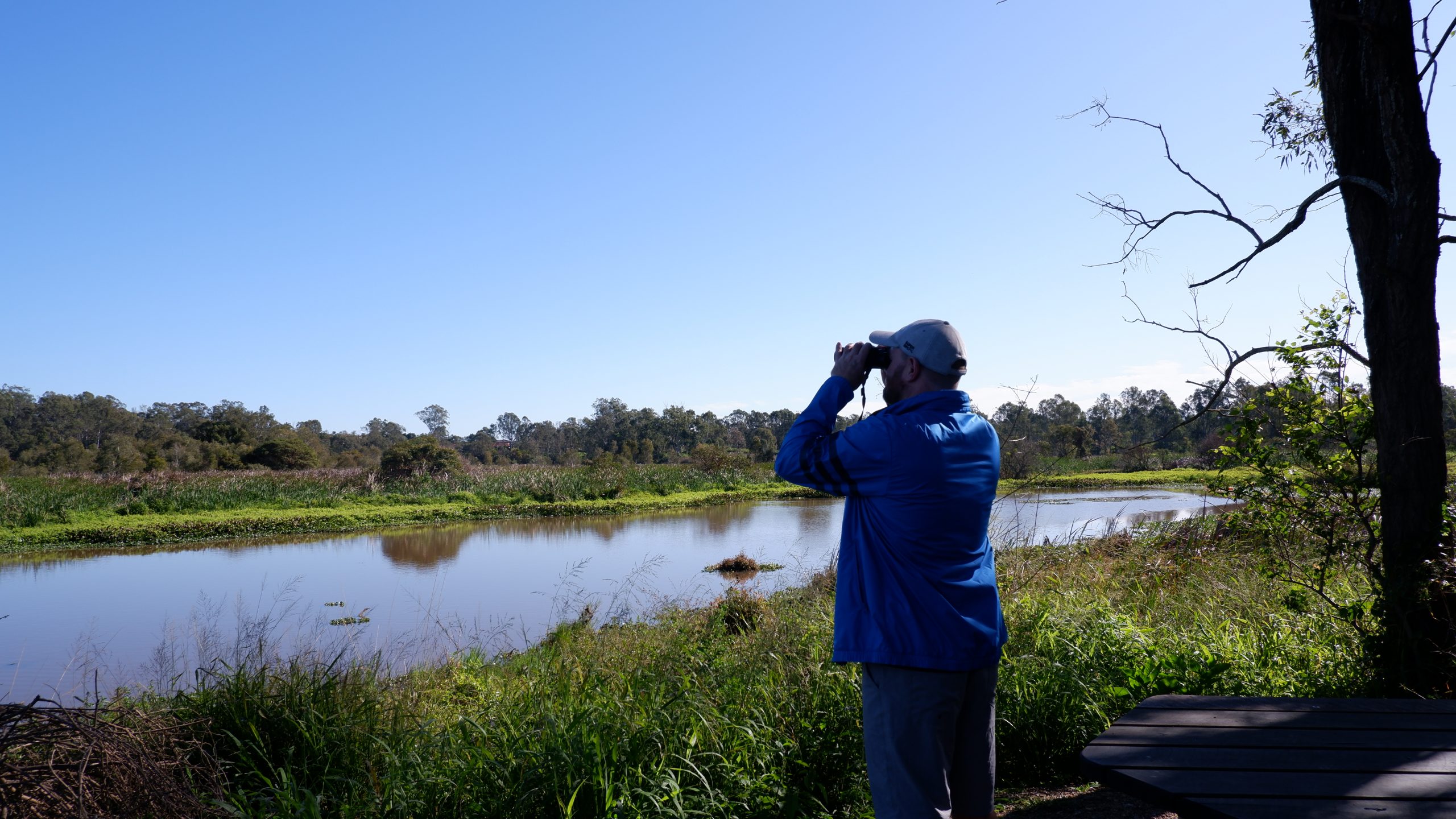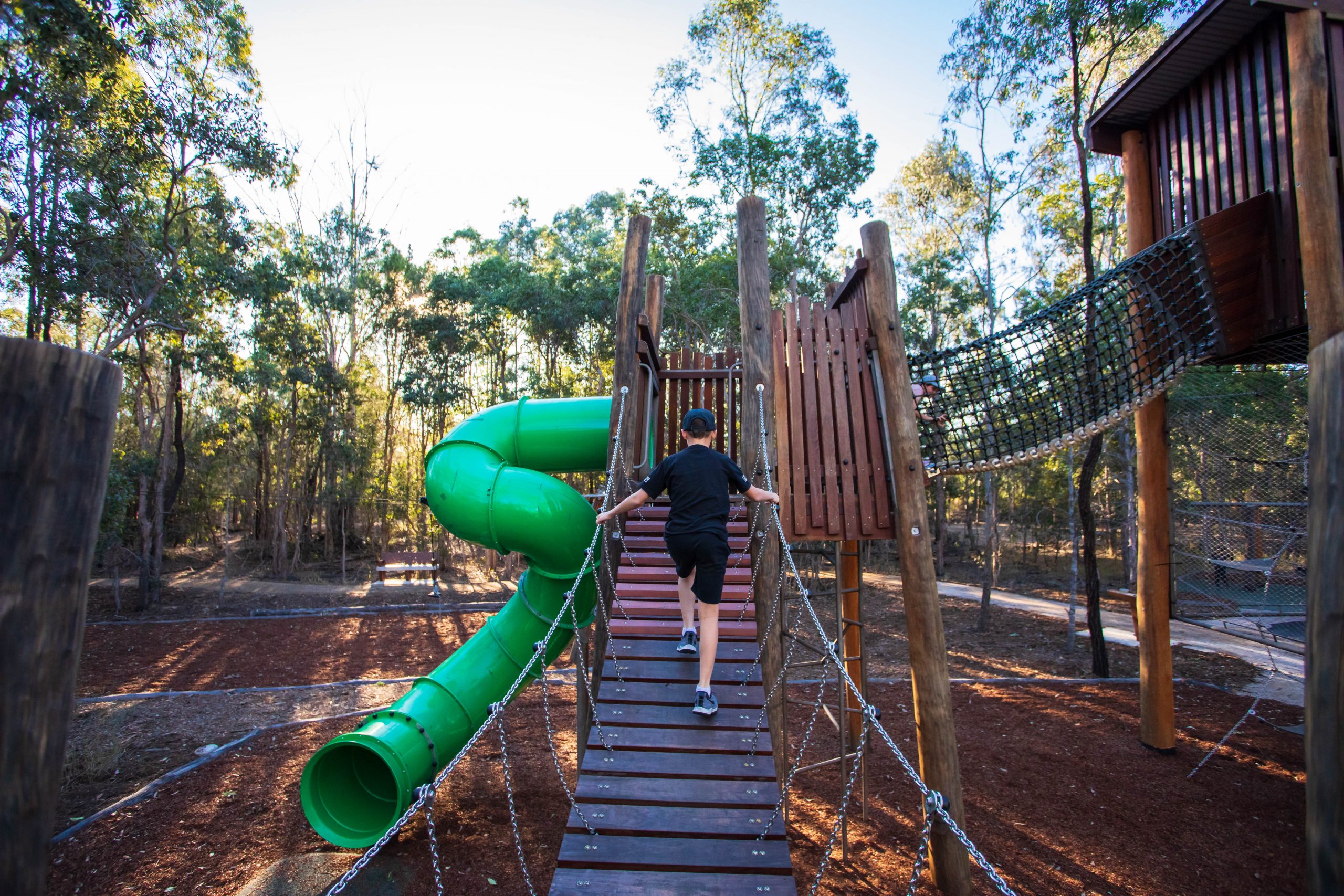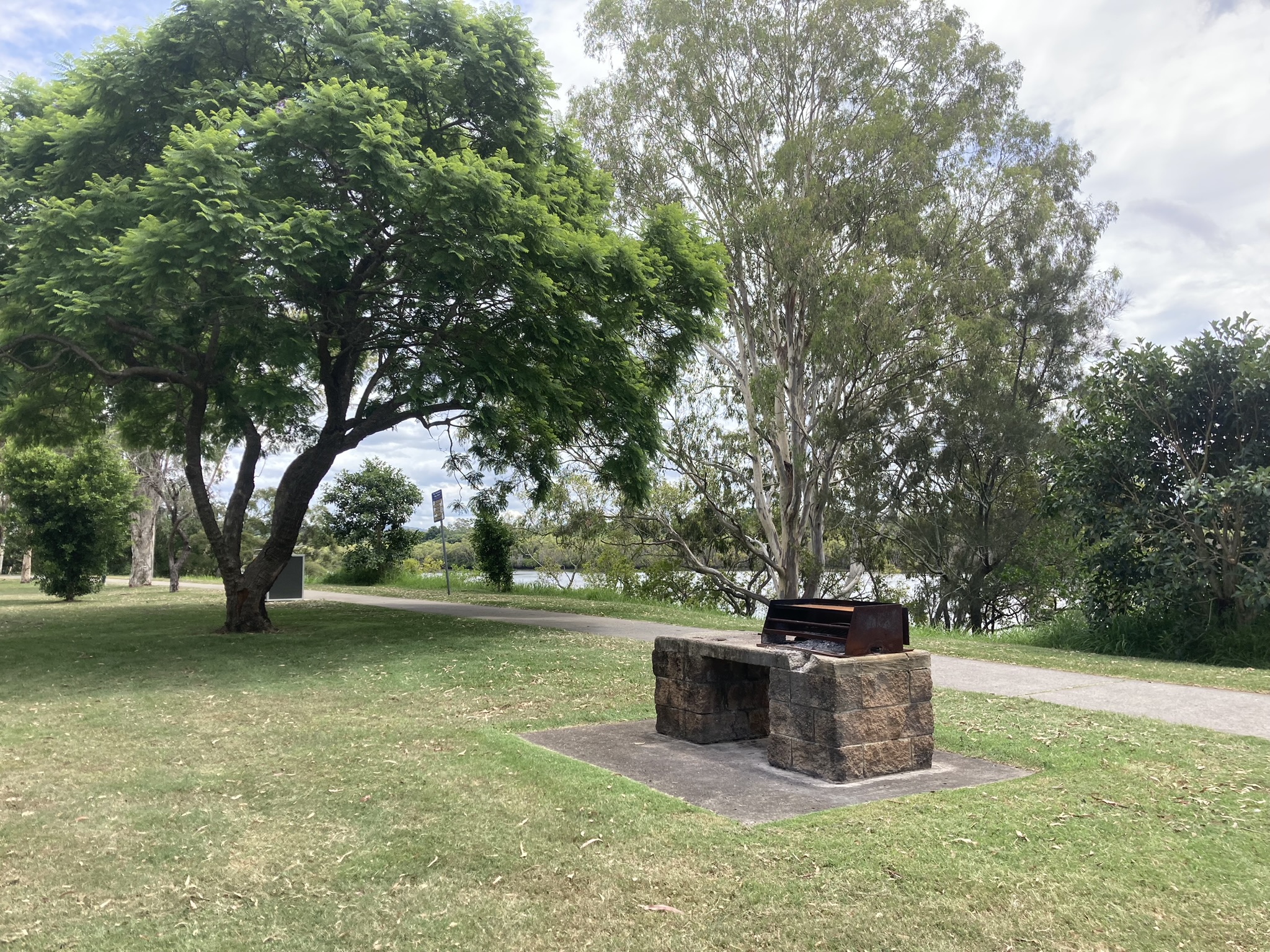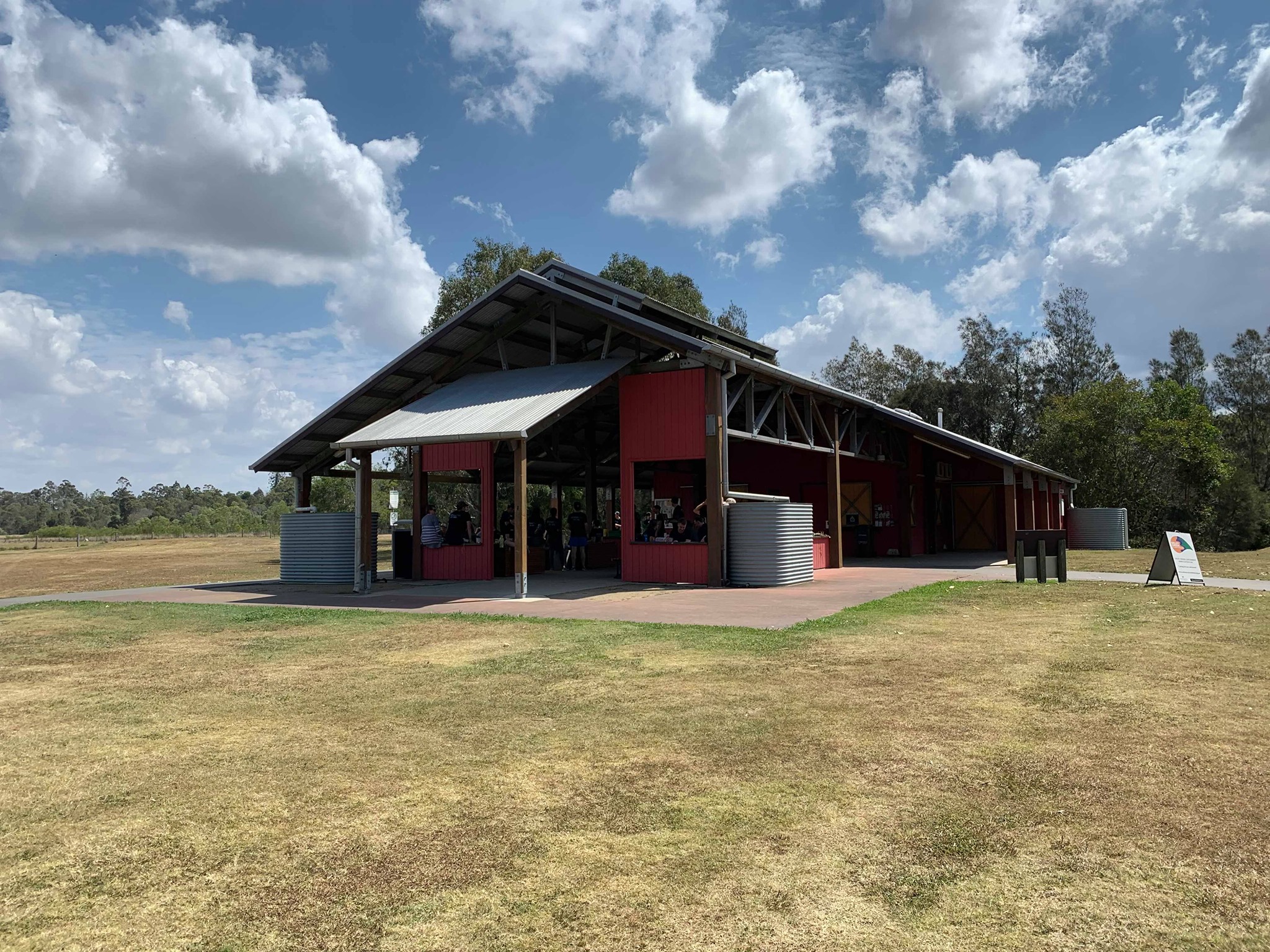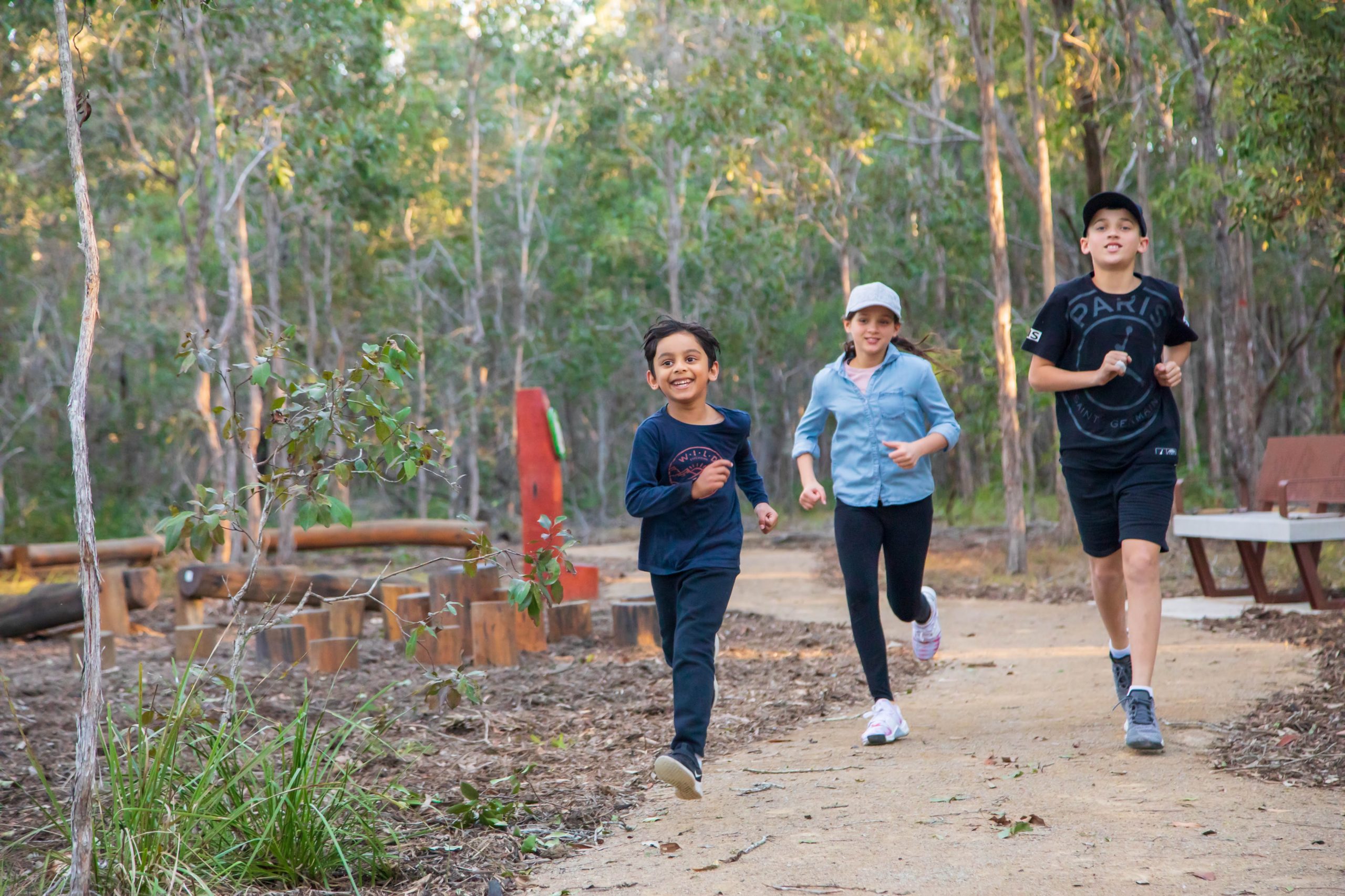Welcome to Archerfield Wetlands
Birds surveyed at Archerfield | The Oxley Ham and Bacon Factory | Local community groups
Archerfield Wetlands provide an important habitat for a diverse range of bird species, some of which are uncommon within the wider-Brisbane area.
Archerfield Wetlands has a wide diversity of habitats: grassland, river, wetland and woodland. Over 170 species of birds have been recorded in those habitats in the last few years. A collaborative ongoing bird monitoring project between the Brisbane Sustainability Agency, BirdLife Southern Queensland and Birds Queensland commenced in early July 2021 with the establishment of eight 2-hectare transects along the length of the Wetlands Discovery Trail.
Birds are particularly good as indicators of environmental health and the state of an environment. Ongoing bird surveys will provide important information as to any habitat and environmental changes that may affect bird numbers and diversity.
An experienced birdwatcher may find 60-70 species of bird in a 3-4 hour morning walk through Archerfield Wetlands.
Record your sightings for science!
You can become a citizen scientist by recording your own bird sightings as your walk along the Wetlands Discovery Trail. Your observations will contribute to scientific research and help gain an understanding of the abundance and diversity of bird species within Archerfield Wetlands over time.
To record your sightings online visit Ebird or Birddata.
Birds surveyed at Archerfield Wetlands to date
Below is a list of the bird species surveyed to date* within Archerfield Wetlands. Further information relating to these species can be found in the links below.
This eBird graph shows a visual representation of the variation in sighting frequency of birds at Archerfield Wetlands through the seasons.
*Note: survey last conducted August 2023
The Oxley Ham and Bacon Factory
Between 1894 and 1994, a meat processing factory operated in the north-western area of the Archerfield Wetlands Parklands. If you are interested in learning more, the Oxley-Chelmer History Group have published a book on the history of the Oxley Ham and Bacon Factory.
Click here for further information.
Local community groups
The following historical and environmental organisations are active in the local area. For further information, including volunteering opportunities and future events, visit:

